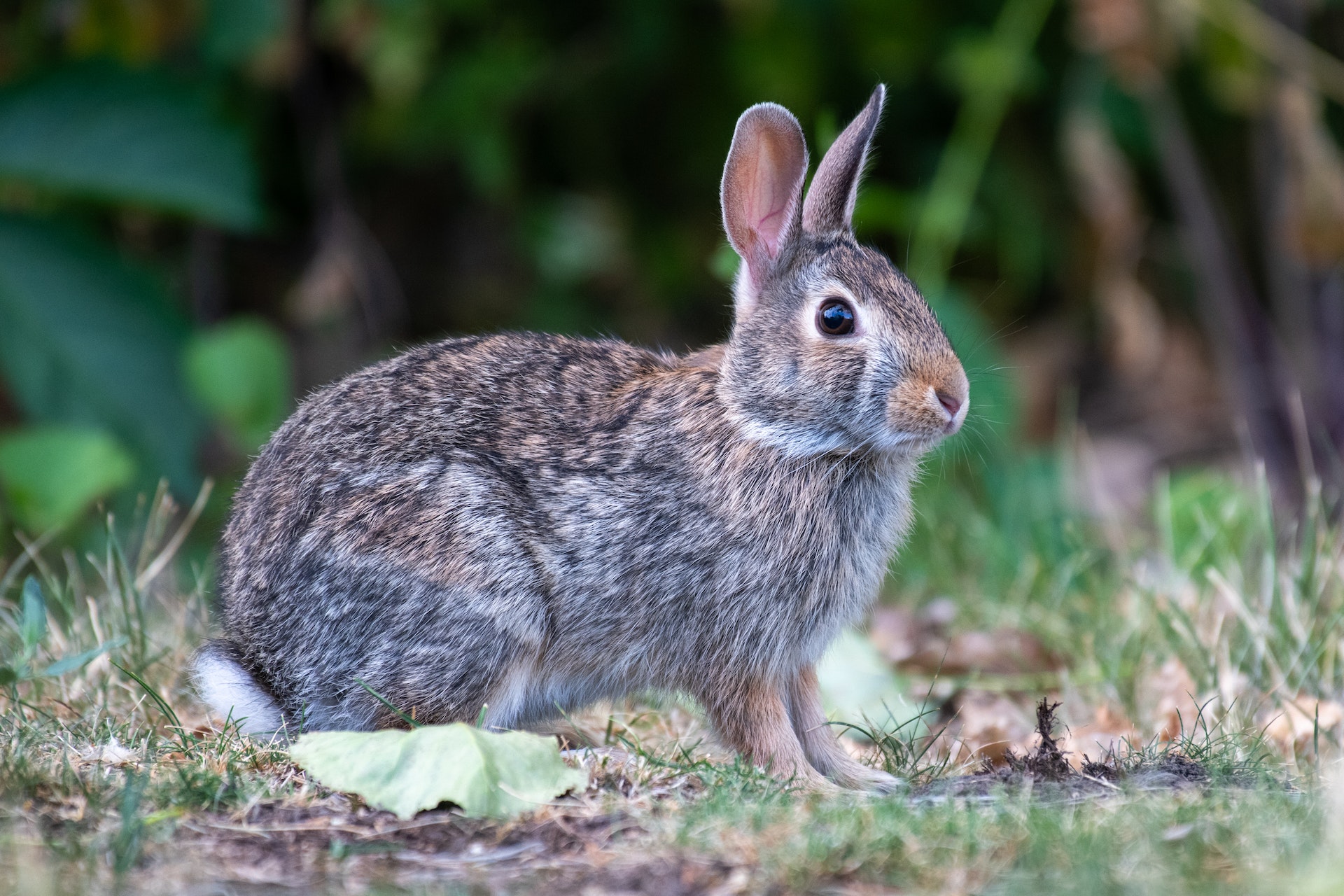Rabbits are known for their adorable twitching noses and floppy ears, but they’re also highly social animals that thrive on companionship. While some rabbits are content to live solitary lives, many others benefit from the company of a fellow bunny. However, introducing and pairing rabbits can be a delicate process that requires careful consideration and patience. In this blog, we’ll explore some essential tips for bonding and socializing rabbits successfully.
The Importance of Rabbit Companionship
Rabbits are naturally social animals that establish strong bonds with their fellow bunnies. In the wild, they live in groups and rely on each other for safety and companionship. When kept as pets, this social nature doesn’t disappear, and rabbits can become lonely and stressed when left alone. Here are some reasons why bonding and socializing with rabbits is crucial:
Emotional Well-being:
Like us, rabbits have feelings too! Having a companion bunny reduces their stress and anxiety levels and provides each other with emotional support.
Physical Activity:
Companions encourage rabbits to be physically active, which is essential for their health. It’s like having a built-in exercise buddy.
Grooming Galore:
Rabbits bond by grooming each other, an act of love and care. With a companion, they stay clean and pampered.
Communication:
Rabbits have their own language of body signals and vocalizations. With a partner, they communicate more, helping them feel more secure.
Choosing the Right Match
Now, let’s dive into the thrilling world of rabbit matchmaking! Before introducing rabbits, it’s essential to consider the compatibility of the potential pair. Here are some factors to keep in mind when choosing a suitable match:
Age: It’s generally easier to pair rabbits of similar ages, as this usually leads to better compatibility. They will share similar energy levels and temperaments.
Sexual Chemistry: Neutered or spayed rabbits tend to get along better than unaltered ones. Same-sex pairs can work, but opposite-sex pairs are more likely to form strong bonds.
Temperament: Bunnies have personalities too! Some are more dominant, while others are submissive. A balanced pair often includes one of each type.
Size: Be cautious when pairing rabbits of significantly different sizes, as the larger rabbit may accidentally harm the smaller one during play.
The Bonding Blueprint
Now that you’ve found a compatible match, it’s time to begin the bonding process. Here’s a step-by-step guide to help you successfully introduce and pair your rabbits:
1. Separate Enclosures
Start by housing the rabbits in separate but adjacent enclosures. This allows them to observe, sniff, and eavesdrop on each other without direct contact. This initial phase may last for a few days to a couple of weeks.
2. Neutral Territory
When it’s time to introduce them face-to-face, choose a neutral territory that neither rabbit has claimed as their own. This can help reduce territorial aggression.
3. Supervised Meetings
During the initial meetings, closely supervise the rabbits. Have a spray bottle of water or a soft towel on your hand to gently break up any fights or aggressive behavior. The goal is to ensure they establish a hierarchy without injuring each other.
4. Gradual Increase in Time
Increase the time they spend together gradually. Start with short sessions and gradually extend them as long as they coexist peacefully. Keep observing their interactions like a diligent matchmaker.
5. Distraction Delight
Give the rabbits toys and treats to keep them occupied and focused on something other than each other. This can reduce tension during the bonding process and foster a positive environment.
6. Grooming
Encourage them to groom each other by lightly wetting their fur or applying a small amount of banana or baby food. This shared grooming helps strengthen their bond.
7. Nighttime Separation
Initially, separate your bunnies at night to avoid any nighttime squabbles. As they become more comfortable with each other and their bond strengthens, they’ll be ready for a cozy sleepover.
8. Permanent Housing
Once your rabbits can cohabitate peacefully for extended periods, it’s time to move them into a shared enclosure. Ensure it’s spacious enough to avoid any territorial disputes.
9. Monitor Behavior
Even after they’re successfully bonded, continue to monitor their behavior to ensure they remain friendly and happy. Rabbits can occasionally have disagreements, but these should be resolved without violence.
Troubleshooting the Love Connection
If the path to rabbit romance gets a little rocky, don’t despair. Rabbit relationships can be as complicated as any love story, but patience is your secret weapon. Seek advice from seasoned rabbit matchmakers or consult a veterinarian who specializes in rabbit care if needed.
In conclusion, the art of bonding and socializing rabbits is a fascinating journey that deepens the connection between these lovable pets. Remember, each pair is as unique as a fingerprint, and the bonding process may take time. By following these tips, and with a generous dash of patience and love, you’ll be well on your way to orchestrating a heartwarming love story between your furry friends. Get ready for double the bunny cuteness and joy!



















